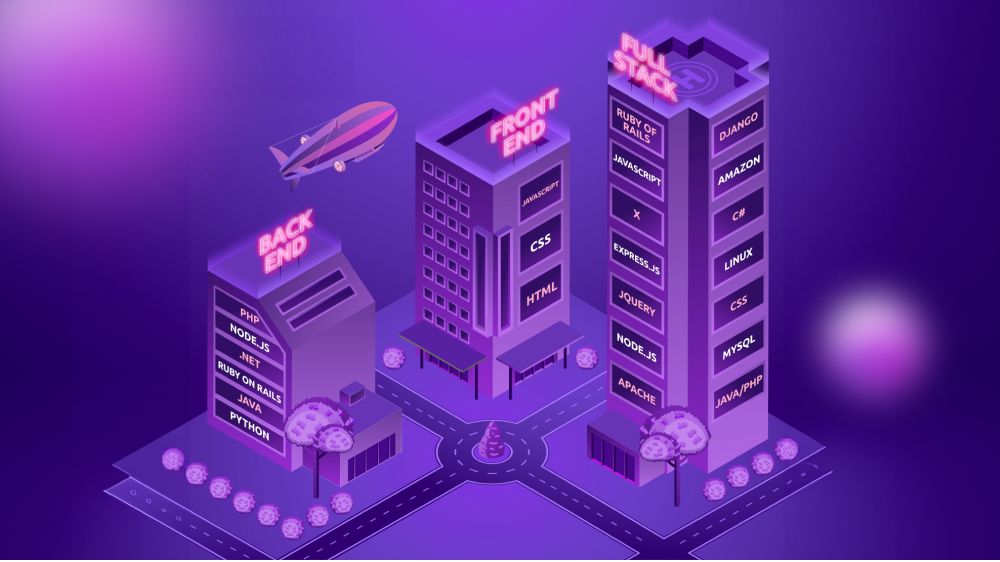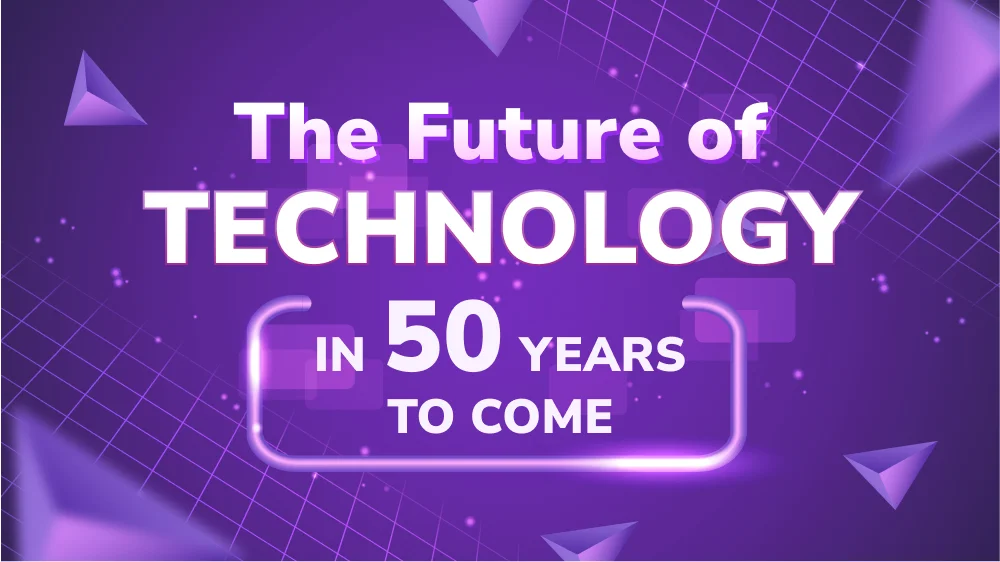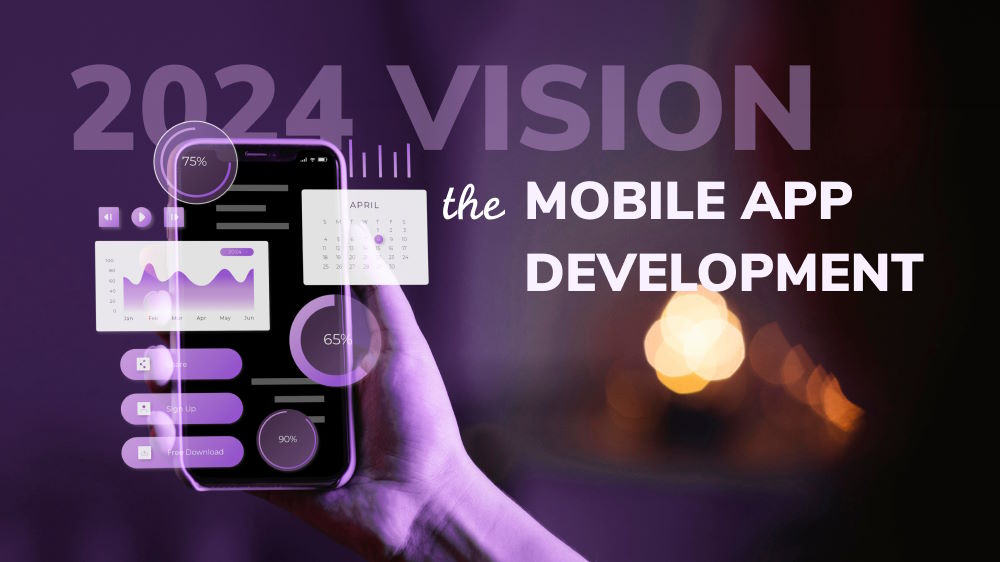Where Are Construction Technology Trends Heading?
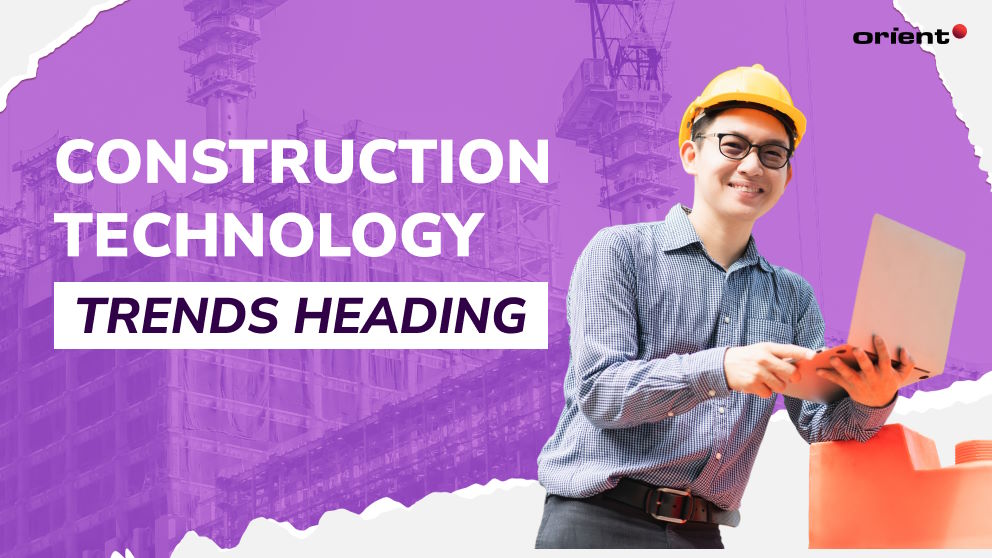
Content Map
More chaptersWhat is the first thought that comes to mind when you hear someone talking about the innovations in construction technology? Is it smarter and more modern heavy equipment? Is it robots that do all the building for humans? In this article, however, we would like to talk about the technology that makes advanced equipment and smart robotics possible.
Fueling every economic innovation, construction is the largest industry in the world. Despite that, construction companies are known to be slow in adopting technological innovations.
The pandemic has accelerated the adoption of emerging technologies rapidly. As a result, construction is gradually joining the digital transformation that has overtaken all other industries.
With that being said, it is time to step up the game to update the top 7 construction technology trends and understand the challenges that come along with it.
The Digitization Needs of the Construction Industry
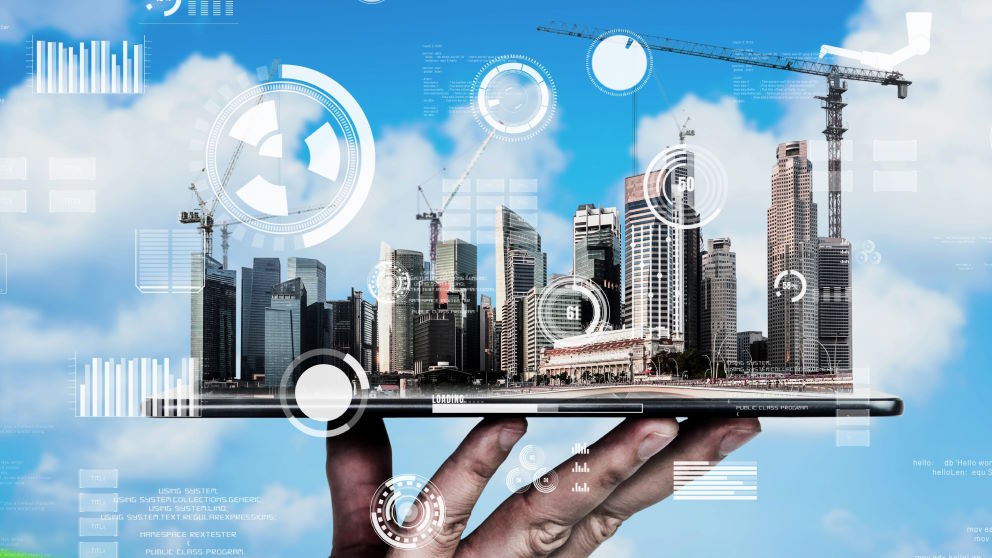
Despite the resistance from construction firms, digitization doesn’t show any sign of slowing down. There are a few reasons pushing the giant industry toward the adoption of new technologies.
Customer Expectations
Customers are aware of the widespread application of technology. Therefore, they are also expecting more from the traditional brick-and-mortar section. This includes innovation where possible, be it an office building, school, or family house. They expect to see optimization during the construction processes.
Boost in Productivity
A study conducted by Becker Friedman Institute has found a steady decline in U.S. construction productivity in the past 50 years. There are two possible causes. First, they point toward a deterioration in the construction industry’s capacity to convert intermediate goods into final products. Second, they find allocation inefficiency, which results in the overall productivity issue for the industry. With the right tools and software, however, the industry can enjoy an overall productivity boost thanks to a streamlined process, automation, and transparency.
Better Collaboration
The success of a construction project is largely dependent on effective communication. Good communication leads to rapid and informed decision-making, improved collaboration, effective problem-solving, and minimal to no costly delays. The technology eliminates the complexity associated with communication and multi-level management teams, allowing executives to focus on essential business operations.
Top Construction Technology Trends
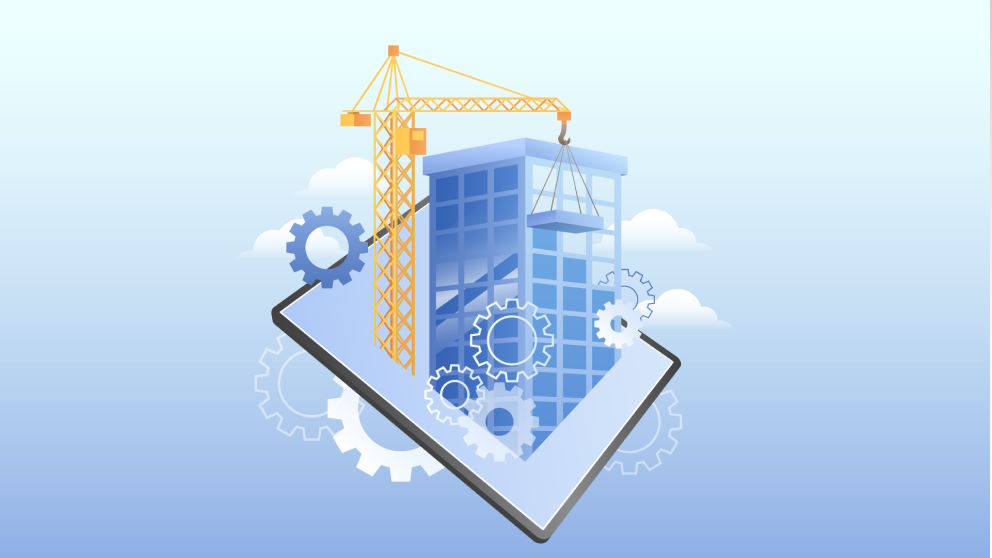
There are a number of construction technology trends that have emerged in recent years to meet the growing demand for digitalization in the construction industry. We have compiled a list of the seven most important construction technology trends you need to know.
Virtual Reality and Augmented Reality
Virtual Reality (VR) and Augmented Reality (AR) are the type of technology that has been present in many sectors, including but not limited to data visualization trends, software testing trends, and construction technology is no exception. There is limitless potential in the application of AR and VR.
AR and VR have the ability to provide their users with valuable insights. AR overlays images in real-time in the existing physical environment, allowing both the construction workers and clients to walk through the final product even before the work itself starts. It also ensures that the building components are installed properly, reducing any expensive mistakes and time fixing the structure over and over again. Another application of AR is that it can be used to train workers about safety procedures.
You can use VR to review interactive 3D designs and gain a better under of a project’s scope and potential problems before it even starts. VR allows architects, engineers, and project managers to create 3D models of buildings, infrastructure, and other construction projects.
VR can be utilized for interactive, high-level 3D design reviews, allowing builders to gain a better comprehension of the project scope and potential issues before commencing construction. It can also be employed to facilitate on-the-spot construction site inspection and quality control during the construction process. It allows customers to gain a better visual understanding of the final building, enabling the constructor and the customer to have a more unified view of the project.
Challenges:
- The technologies are susceptible to weather
- There is a steep learning curve
- Users need an internet connection
- Costly equipment
3D Printing
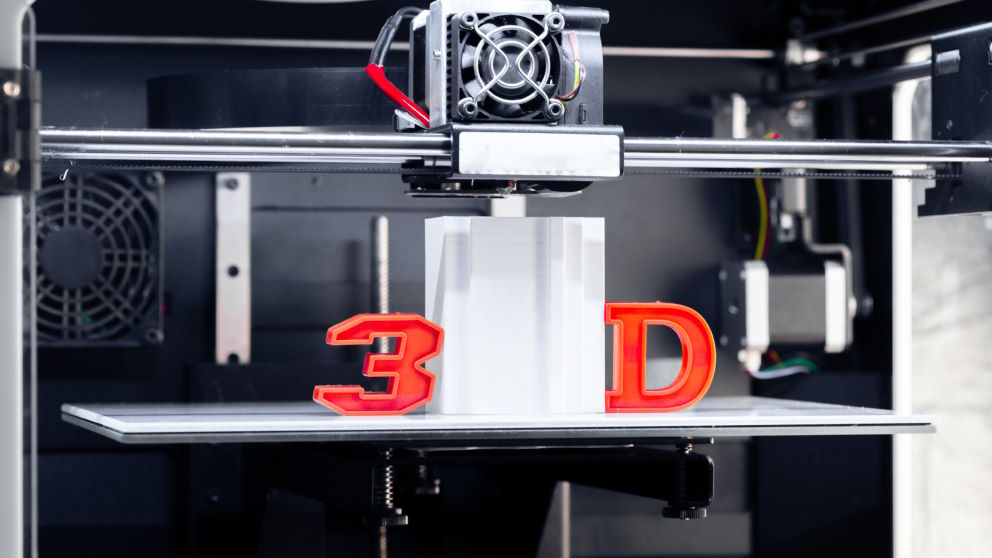
You have probably heard of 3D printing, but have you heard about 3D printing an entire hotel? A start-up in Texas has made it its mission to bring this project to life.
Even though 3D printing has been around for a while, only recently has its application in construction become more common. The technology can do much more than printing mini models of a building. People have used 3D printing to print lightweight components of a building, like steel nodes and cement molds.
3D printing creates large-scale structures layer by layer, allowing you to create intricate architectural designs and geometrical shapes. With 3D printing, you can get materials faster, even printing materials on-site. As a result, companies minimize waste while saving costs on storage and shipping.
Challenges:
- Due to the 3D printer’s poor tolerance, the finished output may not exactly match the original design.
- It can be hard to find a qualified worker to operate 3D printing.
- There is a lack of clear guidelines and rules
Drones
Drones are no strangers to construction sites. However, with the rapid advancement of artificial intelligence, AI-driven drones have the potential to set new standards in the construction industry.
Drones have numerous benefits:
- Drones enhance construction security and identify risks quickly. They monitor workers and make sure they are safe. If there are any hazardous situations, drones can report back quickly.
- Drones keep the construction team and clients informed by taking pictures of the work process.
- Drones provide data and updates efficiently. With a smart device in hand, stakeholders and site workers have access to the latest construction data.
- Drones can perform site surveys at a fraction of the cost of a ground crew and be equipped with a variety of sensors to collect information on environmental variables such as temperature, humidity, and air quality conditions.
Challenges:
- There is a lack of regulations and rules
- Security concerns
Internet of Things and Data Analytics
The Internet of Things (IoT) has multiple applications. As a network of multiple objects connecting to one another and to the Internet, massive amounts of data are collected on a daily basis. The data then can be carefully analyzed to gain insight into the project progress or equipment maintenance. IoT sensors installed on equipment help monitor its usage and performance and allow predictive maintenance. Such sensors can also be used to monitor specific metrics involving temperature or humidity and alert operators to take timely actions. IoT devices collect data and monitor workers’ safety to detect hazards on the job site and warn managers in real time.
Real-time data collected paired with data analytics provide project managers with insight into quality issues and causes of defects while also identifying areas for improvement.
With the help of construction analytics, you can analyze a variety of quality control metrics, such as project compliance, inspection results, and defect reports. As a result, you have a better understanding of quality issues and causes of defects while also identifying areas for improvement. Data analytics also monitors equipment data in real time and compares the data to industry standards. It is an effective tool for project management, as the analysis of data allows for the identification of overlaps in schedules, the re-distribution of tasks, and the optimization of personnel assignments, thereby eliminating delays and interruptions.
All in all, IoT and data analytics help construction teams manage tedious and time-consuming tasks, minimizing bottlenecks and streamlining processes.
Challenges:
- If data collected isn’t secured properly, data breaches may occur.
- Upfront investments for IoT devices and systems are expensive.
- The management and maintenance of IoT systems are complex.
- It is difficult to find the right talent to manage and perform data analytics tasks.
Prefabrication
Prefabrication, or modular construction, refers to the process of constructing buildings or building elements in a different location, likely one more suitable for construction. Once finished, construction companies move the prefabricated structures to the final location, where they finalize the installation and transfer the buildings to their owners.
Prefabrication isn’t new. However, combined with other technologies, not only construction managers but also everyone involved can view and track the prefabrication process from beginning to end. Technology advancements also facilitate effective collaboration during the assembly processes. The market for modular and prefabricated buildings is expected to grow at a 6.5% CAGR from 2023 to 2032, surpassing the $147 billion milestone in 2022.
Challenges:
- The lack of facilities for managing factory plants and logistics is a significant barrier to prefabrication.
- There are also logistical issues, hidden expenses, and variations in customer behavior.
Green Construction
As the construction industry evolves, businesses are looking for ways to minimize their environmental footprints. The detrimental consequences of climate change have become more and more obvious as each year passes.
As its name suggests, green construction strives to make sure the way the built environment is created and used is as eco-friendly as possible. Green construction practices include energy-efficient, easy-to-maintain buildings, ethically and sustainably sourced materials, intelligent lighting, and solar panels, among others. The best green buildings help their occupants save money on their gas, water, and electricity bills without compromising their durability.
Challenges:
- The lack of skilled workers.
- Low-carbon construction is expensive.
- There haven’t been enough regulations for green buildings; instead, they are focused on increasing the buildings’ energy efficiency.
Building Information Model
BIM (Building Information Modeling) is an advanced 3D modeling system that offers a digital representation of the physical and operational characteristics of a facility.
When implemented correctly, BIM solutions can help bridge communication gaps in the construction sector and provide a common knowledge base that can be used as a guide for making decisions throughout the life of a building. As one of the most well-known construction technologies, BIM’s benefits include:
- Centralized deliverables
- Comprehensive building design and analysis information
- Easy data management.
Challenges:
- Managing massive amounts of data
- Availability of well-versed individuals in the use of BIM
- BIM is not always suitable when it comes to certain types of projects.
One Step at a Time
As the construction industry is picking up pace in its technology adoption, it’s high time businesses learn to embrace these advancements, too. Changes are never easy or comfortable, but being aware of the possible innovative changes, myriad benefits, and even challenges may help make the entire process a little bit less scary.
Still, if you are looking for experienced and dedicated teams who have gone through similar processes or custom development services to help you integrate and make sense of complex systems, the Orient Software team is more than happy to assist you. Contact us now.

